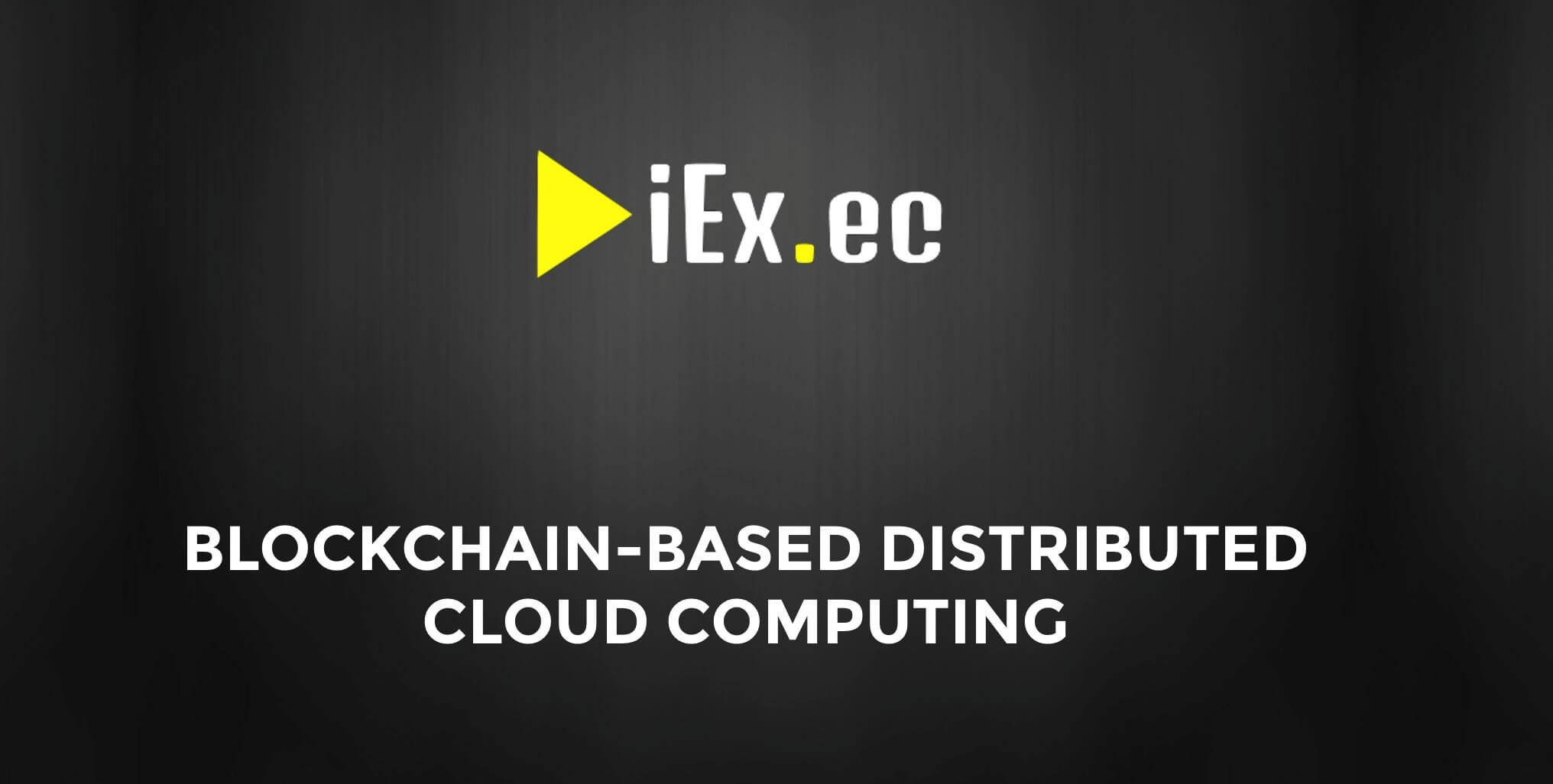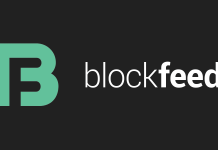The process of turning data into information is possible through computing power; the human brain has limited processing power when it comes to dealing with many millions or billions of data sets.
Technology has spiralled upwards since the advent of computers, and the better computers become, the faster the evolution of technology can take place. Moore’s law is a testament to this.
Computing power is an important resource in our society; it fuels the processing of big data. Big data applications include cryptocurrency mining, astronomy, weather forecasting, marketing and medical science among many things.
There is a lot of idle computing power out there; users use 10% or less of their CPU most of the time. This infrastructure is underutilised and iEx.ec is here to solve this problem. The software iEx.ec will turn idle computer power into money. They will enable the computing power of many devices to be harnessed and then used to provide massive computing power to those who need it, at a price.
Gilles Fedak CEO of iEx.ec has a long history of working in projects which address the challenges of distributed computing power. He and his world-class team of experts have provided a fascinating interview about their venture and their plans for the future.

The iEx.ec project is the commercialization of distributed computing power in effect; this project offers an easy price discovery and connectivity mechanism for independent computing resources. Is my summary correct? Are you creating a cheaper and more scalable cloud-based computing network than the current alternatives with iEx.ec?
Yes, but not only. Compared with a traditional centralised Cloud: we enable Dapps (blockchain distributed application) to execute off-chain computation, thus considerably broadening their application range. The distributed Cloud will enable new classes of data-intense and highly distributed application for which the centralised Cloud is a bottleneck: IoT+BigData, ambient AI, distributed deep learning, VR and more
What are the mechanics of the crowdsale? What will token holder own?
Participants in the crowdsale will obtain a token that will fuel a new form of computing infrastructure that has a considerable growth potential. It can be a real breakthrough in the way Internet is conceived, designed, developed and operated. This breakthrough is dependent on many aspects to highlight a few. First return may not be immediate, as it may take some time to develop the iEx.ec network. Secondly Startups and crypto market have a different risk profile than traditional investments. Potential token holders need to be aware of the differences (highly volatile and risky) from traditional markets (e.g.,. stocks).
The iEx.ec has a deep history in academia, how will you ensure that the transition to the business world will be successful?
It’s a good point, and we took many specific actions to mitigate the risks that exist when transferring research results to business products.
The story started in 2012 when we obtained a significant funding from the French government to evaluate the feasibility and opportunities of transferring the Desktop Grid technology (200K€) to a company. We then systematically interviewed many innovative startups in the field of biomedical and Health-IT research to understand exactly what are their needs and requirements when using the Cloud for performing their research and innovation activities. Based on this analysis, we designed various software features that we call “Enterprise Edition” in our roadmap, and which ensures that iEx.ec will adequately solve real enterprise issues.
Another measure we took is to design a very clear and progressive go-to-market strategy, which not only allows us to extend gradually the market network by including more and more resource providers but also associate the new source of revenue for the company at every step of the roadmap. This approach is very well explained in the White Paper and is rather new in the crypto world.
From the beginning, we also paid attention to design a Proof-of-Concept of the technology in collaboration with several industrial partners. For instance, we worked with the Stimergy French startup, with designs decentralised data-centers, or with eFast, which develops financial analysis products. At the moment, we’re looking actively at Dapps developers, again to demonstrate that iEx.ec is well adapted to real world problematic.
Home PCs are not switched on 100% of the time; the project is based on how will your system circumvent this problem? How is the security of the host machines guaranteed?
We base a part of our technology on Desktop Grid Computing, which solves all the issue of running distributed applications on very large and loosely coupled distributed infrastructure (like PCs running on the Internet, but not only). In particular, our software deal with fault tolerance, result certification, data management, virtualization, sandboxing, security and much more. For the past decade, we have been key contributors in this area, proposing many algorithms, developing software, but also establishing real computing infrastructures that are used by many scientific worldwide.
Could this project have been financed with Bitcoin, why did you need to issue your own coin?
We issue our token, called RLC, so that people can use the iEx.ec network. In exchange of RLC tokens, users will be able to rent servers, data and applications to execute their distributed applications. We fund the iEx.ec development by crowdsaling now the RLC token against BitCoin and Ethers.
Could iEx.ec face any limits because of the limits on the Etherum block chain?
iEx.ec will push a new stress on the Ethereum blockchain, so yes in the future we may push the limit of the Ethereum blockchain. But it’s yet too early to tell. However we’ll start immediately doing research in this direction in collaboration with the best CS research labs in Europe and China.
Can you give us an example of Block Chain based distributed applications that will cloud-hosted on iEx.ec ?
Good question, again! I class Blockchain-based distributed applications that will be cloud hosted on Iex.ec in three distinct categories:
- Dapps, i.e., application running on the Ethereum blockchain that requires more computing power than what Ethereum can provide. This can potentially encompass a lot of applications because they have very few computing storage capacity disposal and a very slow virtual machine. Promising examples are all the emerging crypto applications that require significant processing power like for instance homomorphic calculation — i.e., computation on encrypted data. These applications can considerably extend the application domain of blockchain smart contracts.
- Legacy applications, i.e applications that existed before iEx.ec and that will the network because it provides cheaper computing resources. This includes compute-intensive and data-intensive simulations for all kind of industries: finance, aeronautics, drug design, weather forecasting, oil & gas, cinema, etc… Also emerging applications and new industries that somehow have been enabled by the decreased cost of HPC: generalization of cluster computing and GPU. The perfect example is deep learning, which is a branch of machine learning that emerged with GPUs computing. I would class 3D rendering in this category. The next apps in this category are certainly going to be VR also. Big data applications, which is a form of data-intensive computing. Here, the demand is driven by the exploding volume of data, as well as their increase in complexity.
- In the future distributed applications that will require new form of decentralized infrastructure see Edge/Fog computing, ambient AI, IoT + Big Data, distributed deep learning, parallel stream processing, etc… This classes of applications are extremely challenging because are both data and compute-intensive, and they don’t cope well with centralized infrastructure. In this case, the centralized Cloud as it exists now is a bottleneck, and these applications will require a new form of fully decentralized Cloud to execute — iEx.ec
In all cases, iEx.ec provides an easy-to-use, affordable, secure, scalable, on-demand access to computing resources and services (CPU, GPU, applications, data-sets).
Could you expand on this paragraph in your white paper; what is the difference between using computing resources and monetization of data sets?
iEx.ec doesn’t compete with block chain-based online storage solution like StorJ, Filecoin or Sia. Instead, iEx.ec allows the monetization of data sets usage, i.e. data access for a particular application execution
Exactly, we make a difference between data storage and data access. For instance, a data provider such as Kaiko https://www.kaiko.com/, which sells history of cryptocurrencies exchange values, can monetize through iEx.ec the usage of their data. In this case, the customers would pay every time an application access the dataset — imagine for example an algorithm that would analyze Bitcoin/USD variations history. One can understand that this monetization of data usage is independent of the storage service: the dataset could be stored on Amazon S3, Dropbox, Sia, Storj, IPFS, or whatever web server.
In your white paper, you specify three phases to this project, Community Edition (v1)
Enterprise Edition (v2, v3, v4) Research Edition (v5) do you have specific dates for your time line?

Concluding this interview, I would like to ask what are the prospects of iEx.ec hosting an AI in the future Could it eventually host a civilian version of Skynet?
If only you knew how right you are? 😉 At the moment we’re designing a smart contract that allows you to play a chess game against an AI running on iEx.ec 😉
Anyway, don’t forget that on the blockchain one has to pay for every transaction. So, there is very few chance for this Skynet to get out of control, unless…….
Learn more about iEx.cc
If you are interested to learn more about iEx.ec, visit their website: iEx.ec. Their upcoming ICO scheduled in February / March 2017.











